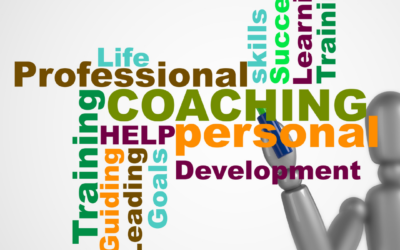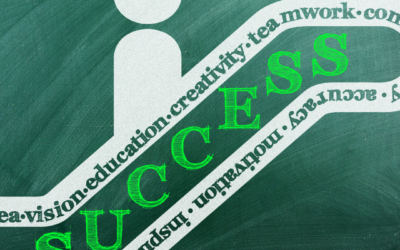Coaching helps to create a framework in which individuals can explore their own freedoms- freedom to, freedom from and everything in between.
When we become architects of our own future, coaches can help us navigate the nuanced landscape of change. At its core, coaching is about helping others move towards the change they see for themselves. A big part of that process is working with clients to explore the difference between a ‘limiting belief’ and a circumstance. An example of a limiting belief might be, “I can’t leave my job.” An example of a circumstance is “Gravity is a force that pulls us to the earth”.
Limiting beliefs may feel true, but they might not be true.
Circumstances are true. They may not change, they may not go away, but they can be addressed and possibly worked around.
Coaches create a safe space for clients to explore their limiting beliefs and imagine new possibilities given their circumstances.
What happens when a person no longer has a limiting belief about their future; but a circumstance prevents them from achieving it?
Freedom! Equality! Justice! The freedom to do something, such as the freedom to practice a religion, freedom to peacefully assemble or the freedom to say or write your opinion, inherently connects with a persons’ autonomy. It suggests a person has the capacity to exercise this right if they so choose. A person with a limiting belief may not recognize they are in such a position. Alternatively, there may be circumstances that prevent them from being able to exercise this right.
“Your freedom to swing your arm ends just where my nose begins.” Various individuals have been quoted as the source of this popular saying. In today’s mask wearing protocol, swap the words ‘swing your arm’ with ‘spray respiratory droplets’ and you’ve got an interesting discussion on your hands. When we believe we have the freedom (or right) to do something, and a circumstance prevents us from exercising it, we rebel. We peacefully protest the circumstance. We battle the circumstance. We push back against the circumstance. We disobey the circumstance. We march against the circumstance. We light the circumstance on fire.
Regardless of what we do, the circumstance remains. Typically, we dig our heels in even further and try to muscle our way through the situation with the misguided idea that our belief can somehow overcome the circumstance (gravity, rain, illness). And we go nowhere.
Coaches help us to think broadly about a situation. They ask open ended questions to explore possibilities. Where are the opportunities for improvement? How has this been successful in the past? What about this can be addressed? Are there components of the circumstance that are not as fixed as we initially believed? Is this a circumstance or are there beliefs influencing the situation? What can be accomplished? Where is the most likely place for change to take hold?
Still we have our belief and still the circumstance remains, but the path forward begins to take shape. We are no longer stuck; we begin to see new possibilities.
About the author: Holly Hutchinson Osborn is a Certified Human Capital Coach a who has been practicing since 2008. Holly’s passion is positive growth and lifelong learning. Her experience includes international trade and marketing as well as system sales into the Fortune 500. Holly’s focus at Coach Training Alliance is organizational coaching programs, leader-as-coach training and enterprise solutions. In addition to her work at CTA, Holly serves on the Board at Colorado Youth Outdoors and Young Men Service League – Fort Collins Chapter. Holly is married with 2 children and a graduate of the University of California at Berkeley.









